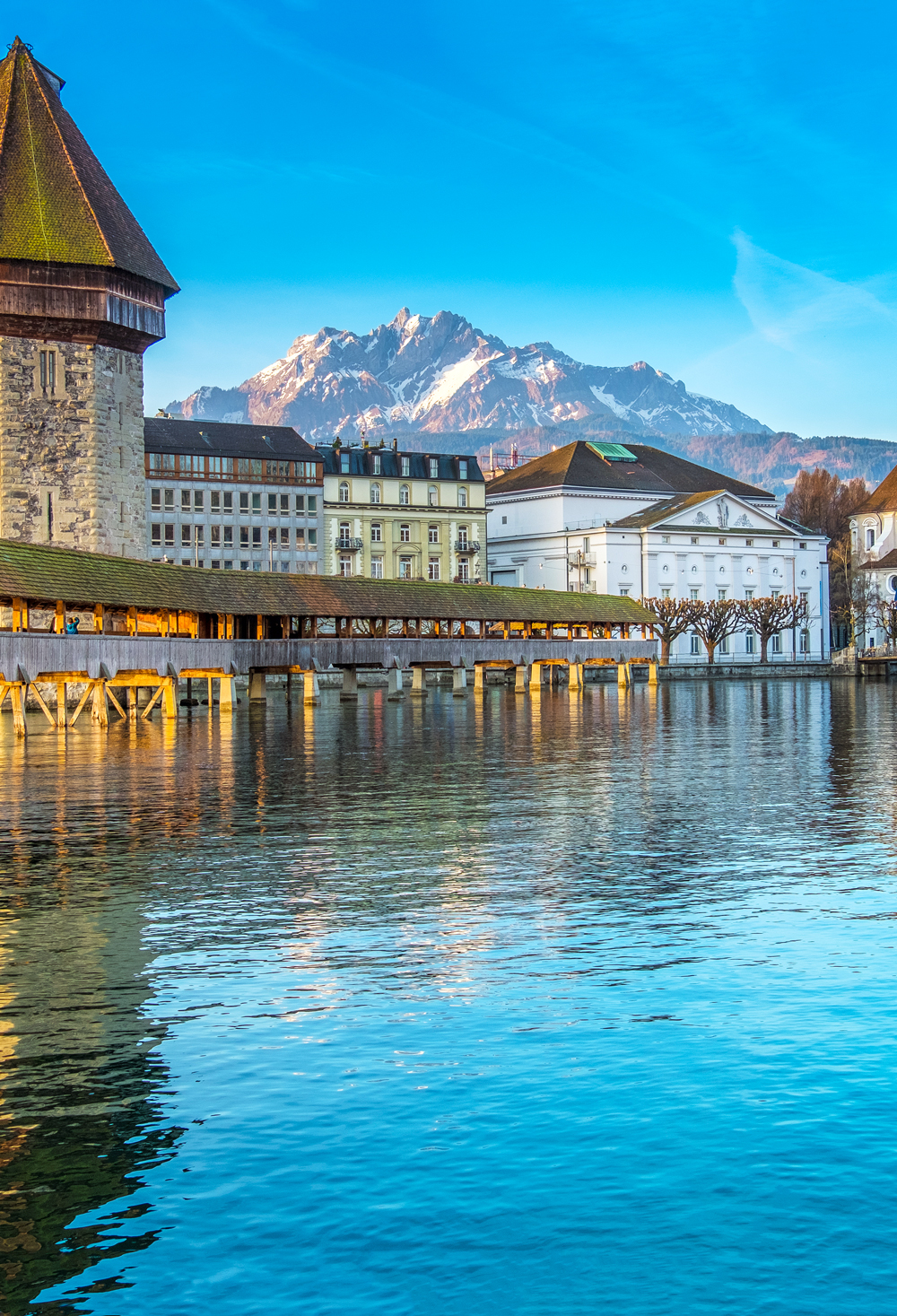Nothing beats a lakefront town, especially in summer. Travelers can soak in beautiful scenery, a laid-back vibe, friendly locals, charming architecture, and a bevy of outdoor adventures. What’s not to love? If you’ve checked America’s prettiest lake towns off your list already, consider one of these five stunning lakefront towns around the world, from Austria to Argentina.
Hallstatt, Austria
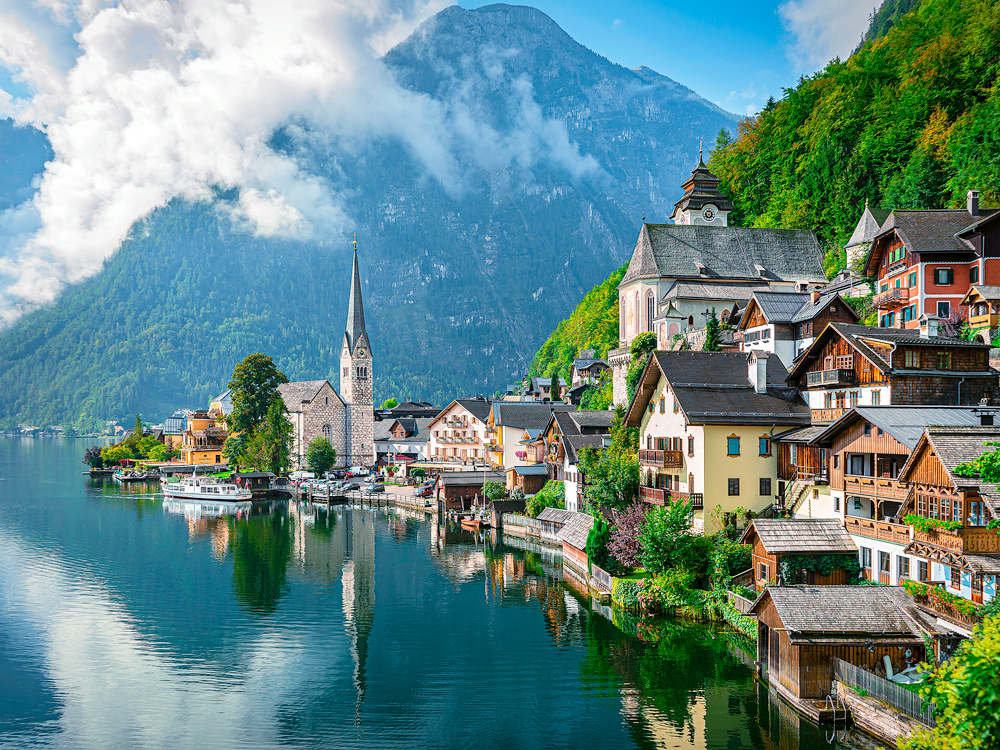
The stuff of storybooks and screensavers, Hallstatt doesn’t seem a particularly plausible outpost of the modern world. There is, for starters, the fairytale waterfront — all gables and spires — backed by Alpine peaks and that gorgeously reflect in the lake’s glassy surface. And then there’s the gothic cliff-side chapel topped with the 12th-century tower — not to mention a swan-to-human ratio that tends to stand out in a village of several hundred people. Nonetheless, this place is very much a living reality, every bit as beautiful as billed.
But yet, there’s more than meets the eye: Set at the heart of a UNESCO World Heritage Cultural Landscape, the village is one of the oldest continuously inhabited settlements in Europe. Indeed, an entire Bronze Age culture came to be known as “Hallstatt” thanks to its rich archeological legacy here, best represented in the town’s ancient local salt mine — reported to be the planet’s oldest at 7,000 or so years in operation. The requisite mine tour adds just one more fascinating layer to this mountainside town that feels lost in time.
Queenstown, New Zealand
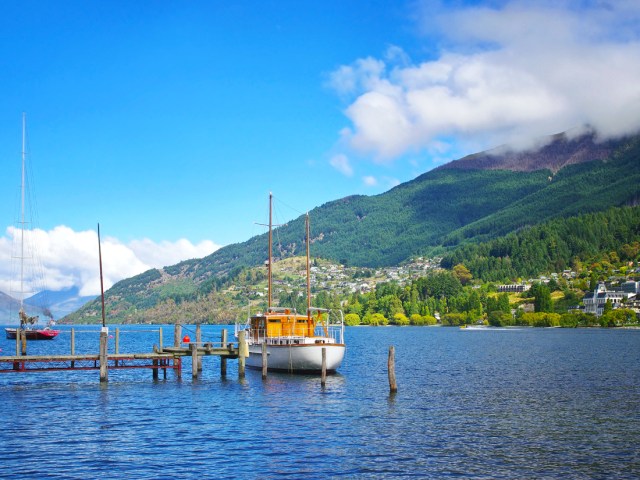
Billing itself as the “Adventure Capital of the World,” Queenstown sits alongside the gorgeous Lake Wakatipu on New Zealand’s South Island. Millions of years ago, the lake started out as a valley that was scraped open by a receding glacier. Over time, the rocks and sediment left behind by the glacier dammed off the valley and created Lake Wakatipu. The lake — 48 miles long and three miles wide — zigzags like a bolt of lightning through a dramatic landscape created by the aptly named Remarkables mountain range.
Queenstown — home to about 30,000 year-round residents — is located on the lake’s eastern elbow and is a popular hub for tourists and Kiwis in search of natural beauty and outdoor adventure. As the birthplace of bungee jumping, Queenstown is synonymous with thrills. It is also a favorite destination to experience the Kiwi invention of jet boat riding, an adrenaline-fueled venture that hurdles riders through mountain canyons while racing across the waters at speeds of up to 45 mph on gas turbine powered boats.
Bled, Slovenia
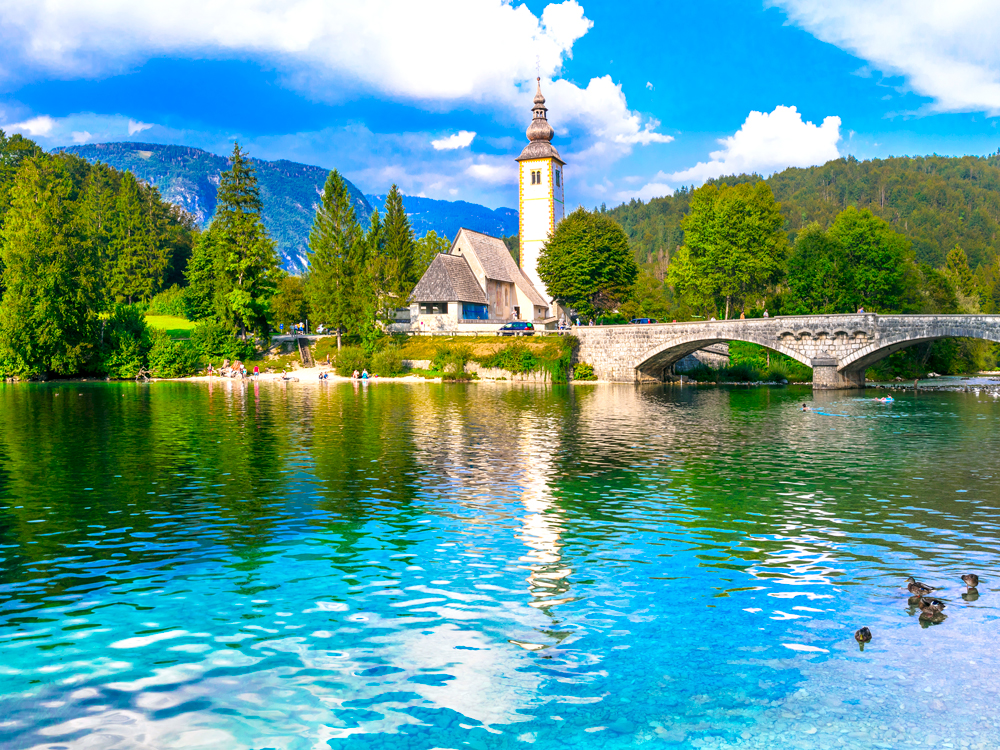
Nestled in the Julian Alps, Slovenia’s Lake Bled, located in a town of the same name, is famous for a view that comes straight out of a storybook. A 15th-century, Gothic-style church towers over the tiny tear-shaped island in the middle of the lake and is often mirrored on the water’s surface, creating one of Slovenia’s most picturesque scenes. It’s no surprise that the lake is a popular tourist attraction for folks in search of fairy-tale charm; according to local legend, it was fairies themselves that created the lake. Angered by shepherds who allowed their sheep to eat all the grass and vegetation in the valley, fairies flooded the area. They left only the island — a sacred spot where they could convene and dance without any meddling grazers.
Whether or not you’re into folklore, you won’t be disappointed by Lake Bled and the towering medieval castles and mountain peaks that surround it. Located in Triglav National Park, about 35 miles from the capital, Ljubljana, the lake town can get crowded in summer, so try visiting during fall for stunning foliage. Or better yet, visit in winter, when a dusting of snow only adds to the lake’s fairy-tale allure.
Lucerne, Switzerland
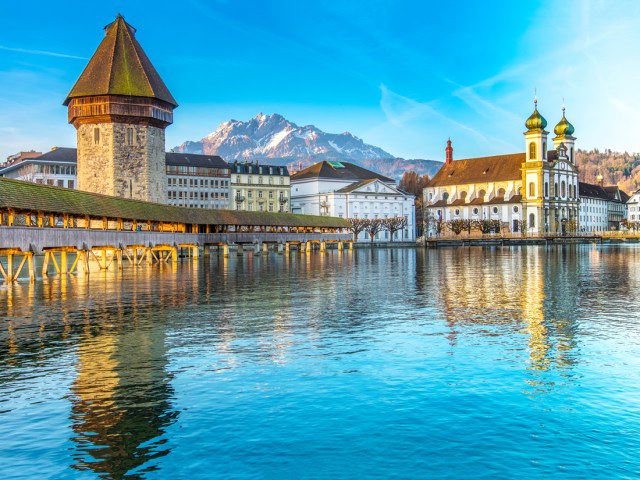
The storybook Swiss city of Lucerne, set along the shores of its namesake lake, is nestled in a valley surrounded by the massive, snow-capped peaks of the Swiss Alps. Home to approximately 82,000 people, Lucerne is the most populous city in central Switzerland and a popular tourist hub thanks to its stunning surroundings and well-preserved medieval architecture.
One of the best-preserved examples is Kapellbrücke, which translates literally to “chapel bridge” and is considered to be Europe’s oldest wooden covered bridge. Spanning Lucerne’s Reuss River, Kapellbrücke was constructed in 1333 to link the city’s old (right bank) and new (left) sections, while acting as a fortification to protect from attacks originating from Lake Lucerne. While the bridge was originally almost 900 feet long, riverbank amendments have now shortened the bridge’s span to just under 700 feet. It is one of Switzerland’s most popular (and most photographed) tourist attractions, offering lovely views of both the city and the lake.
El Calafate, Argentina
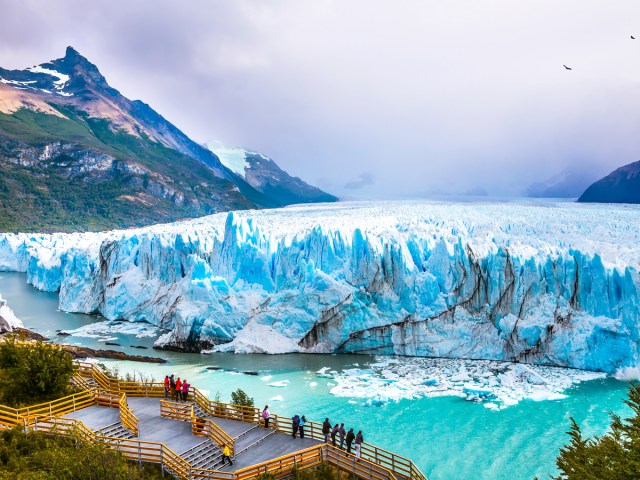
El Calafate, a charming town located on the southern shores of Lago Argentino, is best known as the gateway to southern Patagonia’s Los Glaciares National Park. As its name suggests, the national park is home to more than 300 glaciers, none more famous than the mighty Perito Moreno. Covering a jaw-dropping 97 square miles, Perito Moreno (named after 19th-century explorer Francisco Moreno) is one of the only glaciers in the world that is advancing instead of shrinking.
As the glacier’s size increases, large cracks slowly form along its edges. Stand in front of Perito Moreno long enough, and you’ll bear witness to piercing cracks and booms of huge chunks of ice calving off the glacier and falling into the frigid waters of Lago Argentino, 200 feet below. The viewing platform provides a spectacular vantage point from across the lagoon, but guided tours also offer the chance to climb and trek through the glacier’s craggy caves and towering walls of ice.
More from our network
Daily Passport is part of Inbox Studio, which publishes content that uplifts, informs, and inspires.






